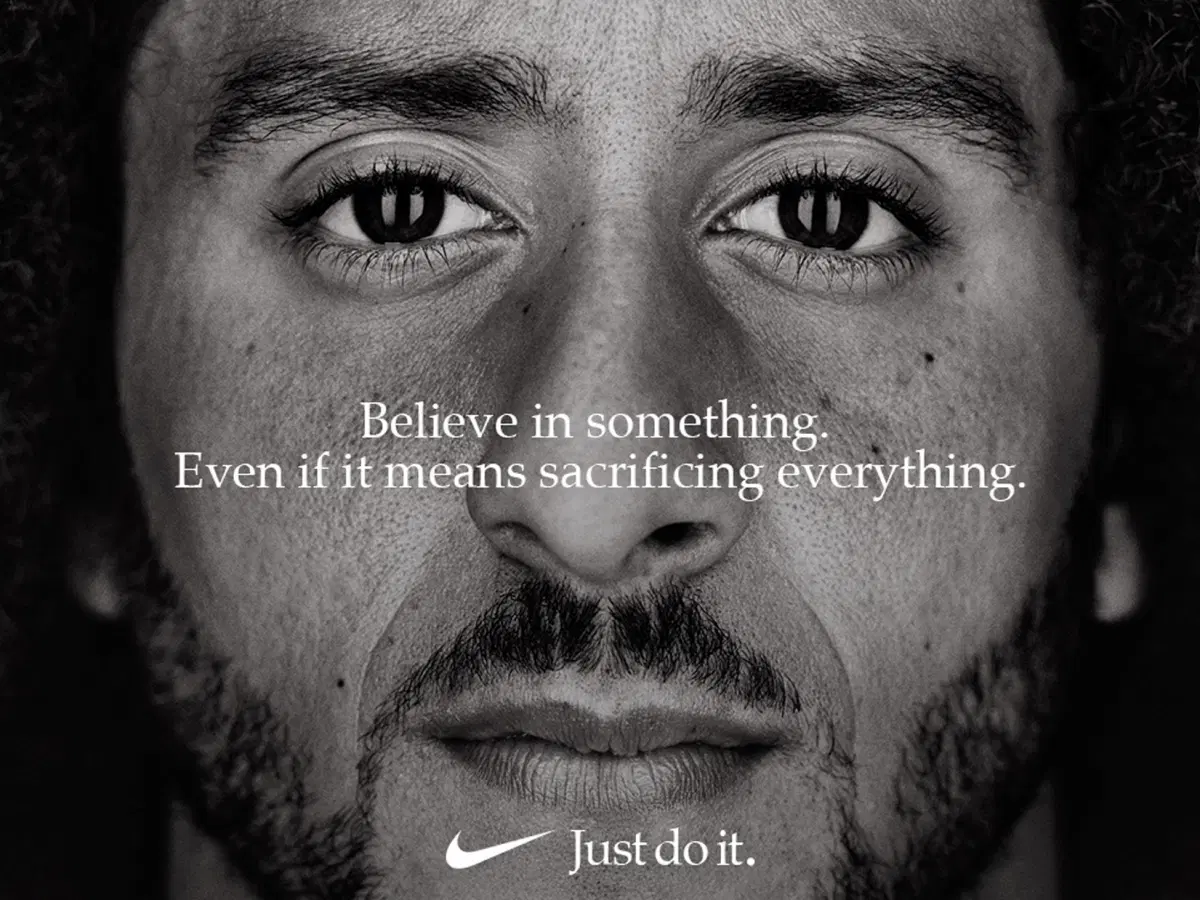Outrage Advertising

Are companies monetizing outrage to distribute ads?
There’s no such thing as bad publicity
-Phineas T. Barnum
The gist of it
I’ve been thinking about outrage advertising and I think it works like this - anger a vocal minority who are not your customers on social media platforms with an advertisement that if shown to the general public would not evoke the same reaction.
An Example
Company A1 sells Clothing. A1 wants to advertise a new line of clothing, so they make one hoodie that is half red, half blue and post on twitter that they would like this hoodie to symbolize the unification of the deeply divided United States. A vocal minority from both Republican and Democratic states outrage over this, saying they can never come together. Enough people outrage over it that the news picks it up. Local news channels talk about it, country wide news channels talk about it - and since they’ve done it Late Night talk shows will pick it up as well. Newscasters will usually begin the sentence like this: “A1 today released a new line of clothing, and one hoodie is getting a lot of attention due to……” you get the drift. Every media outlet will play the ad at the start of each segment, without company A1 having paid them a dime. To the average viewer, the outrage seems unjustified, some might even come out in support and buy products from A1 for whatever reason. People are weird.
Monetizing Outrage
Examples like the one above aren’t rare. It has happened to GAP. Outrage generating brand awareness has happened to Pepsi, Tanishq in India and so many more companies. This kind of outrage has people watching your ad on youtube which youtube’s algorithm picks up as interest and shows it to more people. On social media, users will make memes with still images from your advertisement. At this point, the ad has gone viral. If you have to distill the steps into a process it would look something like this:
- Create an ad that has peppy music and that tackles a outlandish premise like Pepsi solving racism
- Don’t pay for an ad slot just yet. “Reveal” the ad on social media.
- Wait for the vocal minority of people you hoped to outrage to watch the ad
- They didn’t watch it? Go back to step 2 and buy an ad slot this time.
- They watched it but didn’t really care? Go back to step 1 and increase controversiality (is that a word?)
- Outrage has begun, wait till news media picks it up or your CEO gets death threats
- Apologize publicly and write something that essentially boils down to “sorry not sorry”
- Profit from everyone talking about your brand and supporting you for whatever reason
The Risks
It seems marketing departments who engage in outrage advertising cannot control the flow of the narrative. The outrage may grow out of hand, leading to some harm to workers or executives. Politicians or local elective bodies may also be forced/incentivised to take action against your company, to change the narrative in their favour. It also seems like outrage advertising cannot be done regularly, unless you can find multiple vocal minority interest groups to outrage everytime you want to advertise. Too much outrage advertising may harm your brand image.
Next time you see outrage on social media against a company for some weird ad, hopefully you will be able to figure out what it’s being done for.
